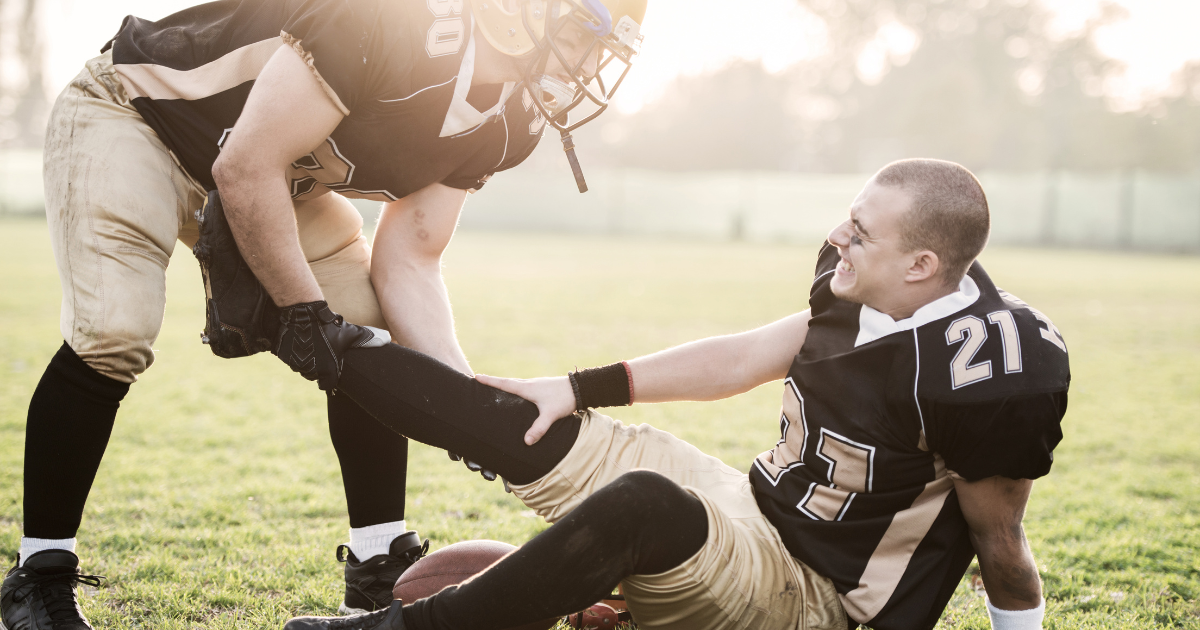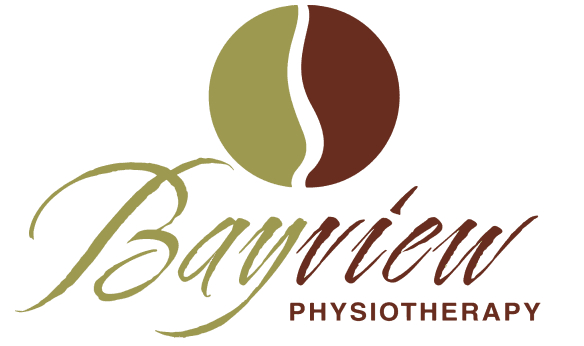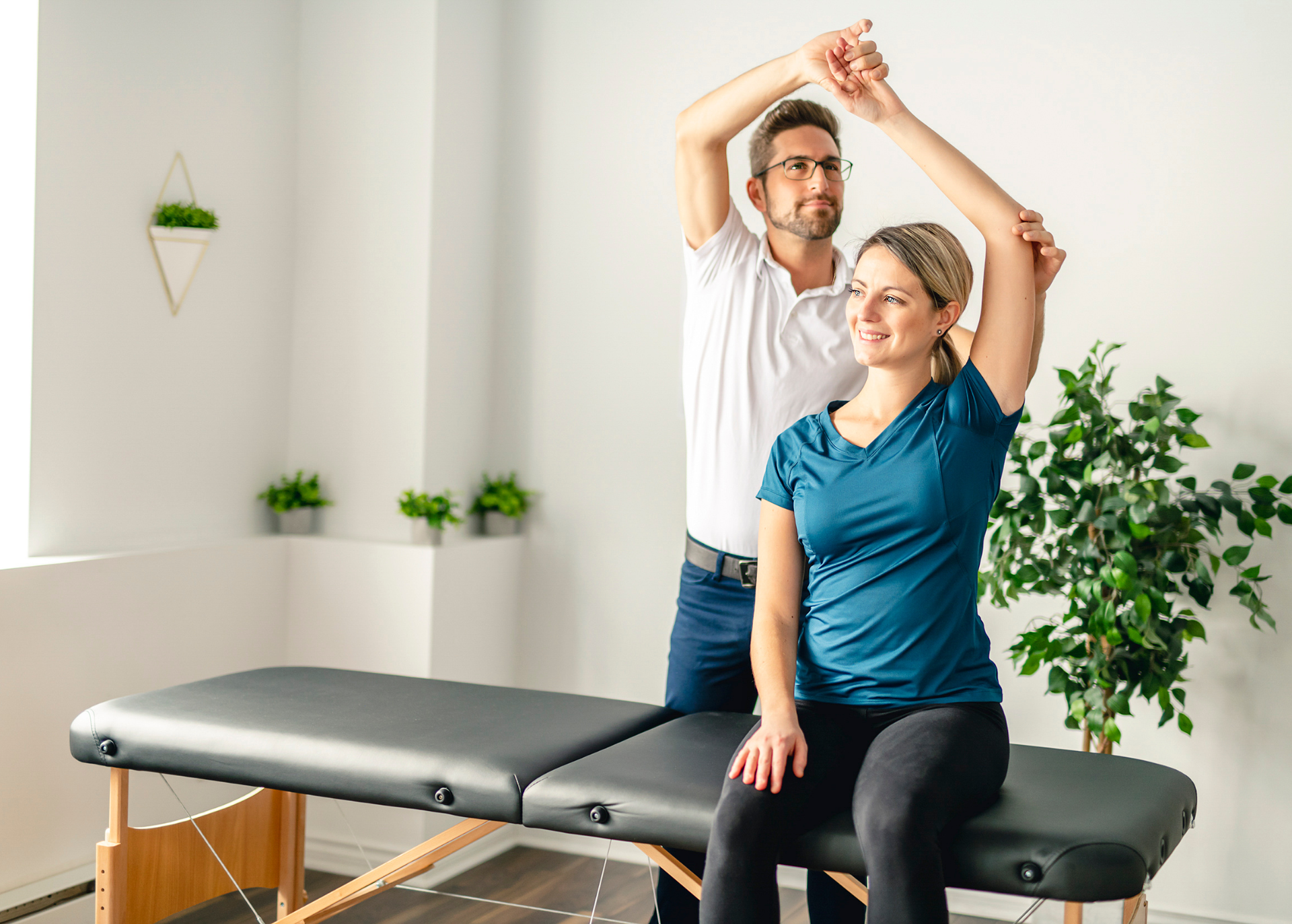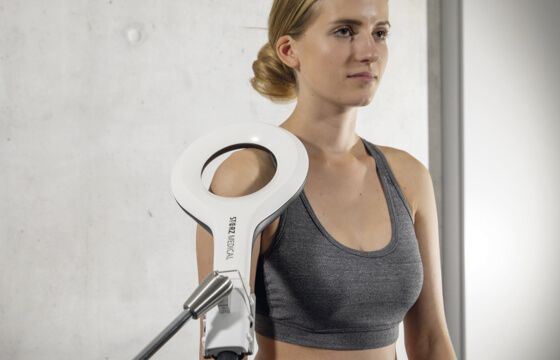Sports Injuries : What to do next?
Your Ultimate Guide to Surviving Sports Injuries

Torn Muscles and Twisted Ankles: Your Ultimate Guide to Surviving Sports Injuries (and Coming Back Stronger!)
Let’s face it: whether you’re out for a casual kickabout, conquering the Grouse Grind, or pushing yourself in the gym, sports injuries can strike when you least expect it. One moment you’re on fire, the next you’re on the ground, clutching your ankle and wondering if you’ve broken your “Everything.” So what should you do in those first few minutes? And what can you expect from early physiotherapy?
Grab some ice (not for your drink… well, maybe after), because this blog post is your friendly injury survival kit!
First Aid: Your Instant Replay
Sports injuries love making a dramatic entrance. When they do, knowing your next move matters. Here’s your playbook:
The All-Star: P.R.I.C.E.
No, it’s not a new brand of running shoes—it’s the golden rule of immediate injury care:
- Protection – Stop playing! Yes, even if your team needs you. Protect the injured area with a brace, sling, or even your buddy’s hoodie—whatever works.
- Rest – Kick back, avoid using the injured body part, and put your feet up—doctor’s orders!
- Ice – Grab a bag of frozen peas (wrapped in a cloth!) and ice the area for 15–20 minutes every couple of hours. Trust us, it does wonders.
- Compression – Wrap it, but don’t cut off circulation (purple toes are not a good look).
- Elevation – Raise that ankle, knee, or elbow above your heart. Think: “lazy recliner pose.”
New Kid on the Block: M.E.A.T.
For those who like to get moving, the newer M.E.A.T. approach encourages active recovery—think gentle pain-free movement, specific exercises, safe pain relief, and prompt professional care.
“Is This Normal?”: When to Call for Backup
Did you hear a snap? Is your joint no longer, um…joint-like? Can’t walk or use your arm? If things feel or look way off (think bone poking out, intense pain, or losing consciousness), drop the ice pack and head to emergency. Concussions, severe swelling, numbness—these also mean it’s time for real medical help.
Bringing in the Pros: Early Physiotherapy Assessment
Here’s where the magic happens. Seeing a physiotherapist early is like having a secret weapon in your comeback story.
What Will They Do?
1. Detective Work:
First, you’ll get quizzed on what happened (“So, you tried that ninja flip, huh…?”), medical history, and your sport.
2. Hands-On Check:
They’ll examine, poke, and prod (gently!) to see what’s injured, what moves, and what doesn’t.
3. Movement Analysis:
You may be asked to squat, jump, or walk. Not for Instagram, but to see how your body is compensating.
4. Special Tests:
Don’t be surprised if they test your balance or compare your flexibility to both sides. All part of the process!
Getting You Back in the Game: Treatment That Works
1. Manual Therapy
Think of this as pro-level massage, stretching, and joint movements. It feels great and speeds up healing.
2. Exercise Therapy
No, you’re not going straight back to sprints! Rehab moves—like gentle stretches, strength building, and balance training—help you heal without re-injury.
3. Tech Therapy
Some clinics use gadgets (like TENS, Laser, ultrasound, or special taping) to boost recovery. Feels futuristic!
Healing: Not a One-Size-Fits-All Game
Different injuries need different game plans:
- Ankle sprain? Early gentle motion, then strength and balance training.
- Muscle strain? Start with pain-free movement, stretch, then add gradual strength work.
- Tendinitis? Slow and steady. Load management, gentle strengthening, and technique tweaks.
Physios also help you figure out when it’s safe to return to action. Rule of thumb: full strength, zero pain, no limping, and—importantly—confidence in your comeback!
The Bonus Round: Injury Prevention
Want to dodge future injuries? Physiotherapists can screen your movement, spot trouble (like muscle imbalances), and give you exercises to bulletproof your body. Think of it as investing in your sport’s future earnings (aka: your happiness and health).
Final Whistle
Sports injuries feel like a setback, but they can be your launchpad for better performance. With quick first aid, early physiotherapy, and smart training tweaks, you can bounce back—and maybe even stronger than before!
Have more burning questions about sports injuries or your own recovery? Your local physiotherapist is literally cheering for you (and so are we).
Now go forth, play hard, and remember: ice is for injuries… and for victory drinks later!
Stay healthy, play smart, and see you on the field!





